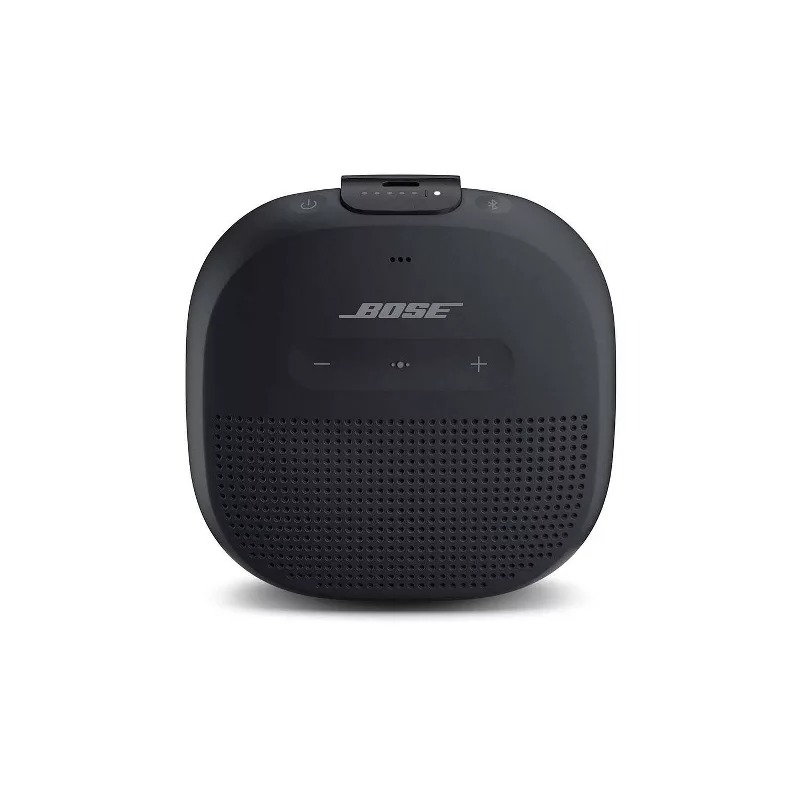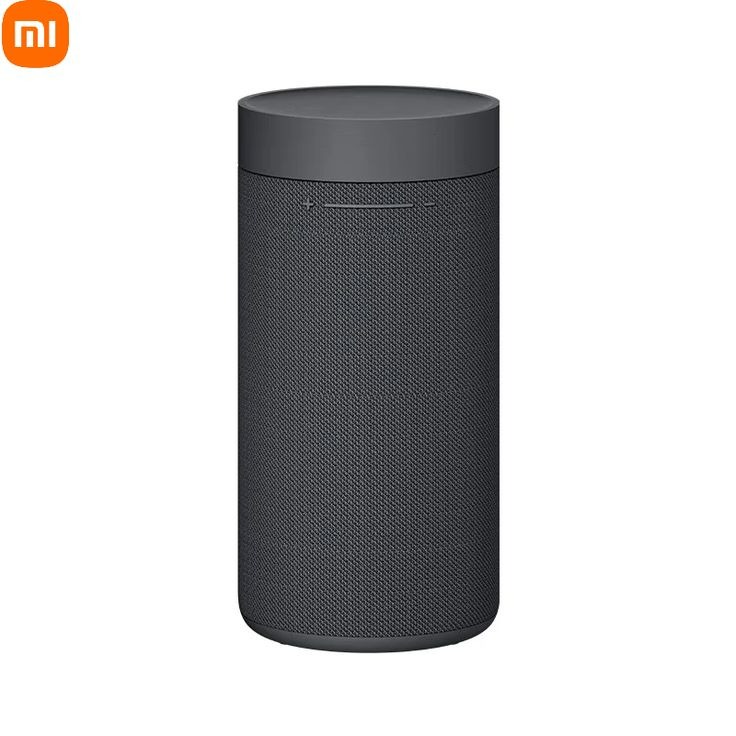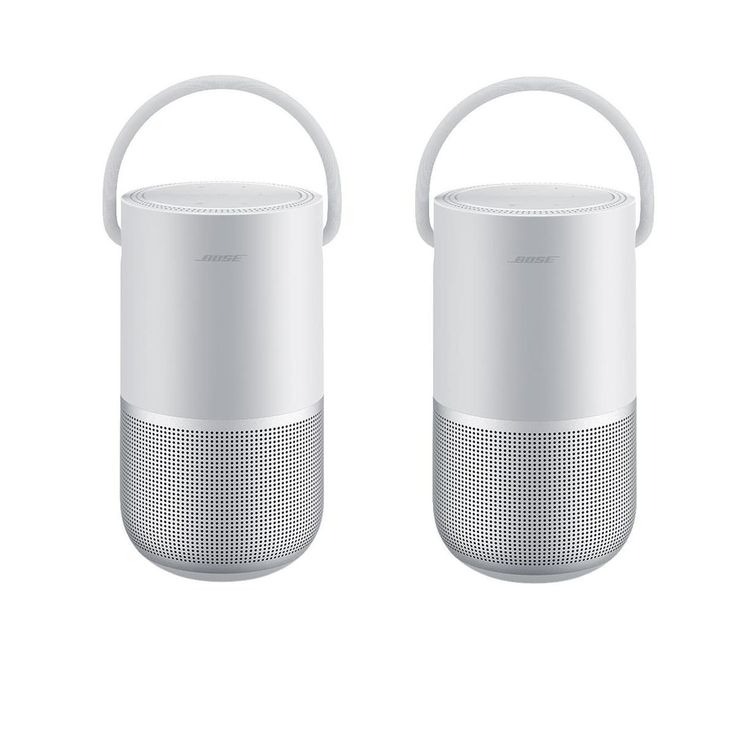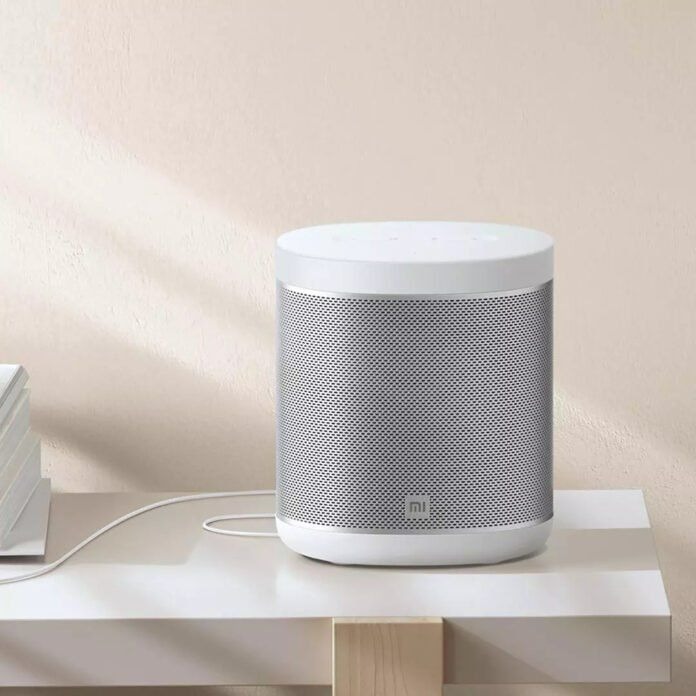Types of Speakers Compatible with Smart TVs
When planning to enhance your audio experience, knowing which speakers work with your smart TV is key. Most smart TVs support a range of speakers. Here are the common types:
- Soundbars: Sleek design, simple setup, and improved sound over TV speakers.
- Bookshelf Speakers: Compact yet powerful, great for small to medium-sized rooms.
- Floor-standing Speakers: Offer a fuller sound with deeper bass, suited for larger spaces.
- Satellite Speakers: Small and often used in a surround sound setup.
- Subwoofers: Provide deep bass, usually paired with other speakers for a complete sound system.
- In-ceiling/In-wall Speakers: Save space and blend with home decor.
- Bluetooth Speakers: Offer wireless convenience and can connect to many smart TVs.
- Wi-Fi Speakers: Connect to your home network for streaming audio.
- Smart Speakers: Can be integrated with TV for voice control and smart features.
When you decide on ‘how to connect speaker to smart TV’, consider the room size, speaker size, and the audio quality you desire. Remember, not all speakers may work with every smart TV model. Check compatibility before you make a purchase. The process can be as easy as plugging the speaker in and enjoying your favorite shows with incredible sound.

Preparing to Connect: What You’ll Need
Before you start connecting your speakers to your smart TV, make sure you have the necessary equipment. Here’s a checklist to get you started:
- Compatibility Check: Verify your smart TV and speakers are compatible.
- Cables and Adapters: Gather HDMI, optical, or auxiliary cables if you’re planning a wired connection. For wireless, check if any adapters are needed.
- Power Sources: Ensure all devices have access to power outlets or are fully charged.
- User Manuals: Keep the user guides for your TV and speakers handy for reference.
- Tools for Installation: If required, prepare tools like screwdrivers for speaker mounts.
Remember, having everything you need before you begin makes ‘how to connect speaker to smart TV’ an easier and smoother process. Double-check your equipment and let’s move on to establishing the connection.
Wired Connection: Using HDMI, Optical, or Aux Cables
Connecting your speakers to your smart TV with wires offers reliability and high-quality audio. Three common cable types for wired connections are HDMI, optical, and AUX. Here’s how to use them:
- HDMI Cables: These cables are most common for high-definition audio and video. First, locate the HDMI ARC (Audio Return Channel) port on your smart TV. Then, connect one end of the HDMI cable to this port and the other to your speaker or soundbar. Ensure your TV’s audio output settings are set to HDMI.
- Optical Cables: Known for high-quality digital sound, they are easy to connect. Find the optical port on your TV and plug in the cable. Attach the opposite end to your speaker. Remember to switch the audio output setting to optical.
- AUX Cables: Best for simple audio setups, these analog cables can connect to standard headphone jacks. Plug one end of the AUX cable into the TV’s headphone port. Connect the other end to your speaker’s AUX input. Check your TV’s sound settings to ensure it is configured to use the external speakers.
Before you start, make sure your TV and speakers are off. This will prevent any potential damage. After you connect the cables, you can turn on the devices and adjust the TV settings. Use the TV remote to switch the audio output to the appropriate source. In most cases, ‘how to connect speaker to smart TV’ using wires is straight forward if you follow the correct steps. Keep in mind, distance between your TV and speakers impacts cable length. Measure this distance to ensure you have a cable that is long enough without being too loose. With everything all set, enjoy crisp and clear sound that enhances your viewing experience.

Wireless Connection: Bluetooth and Wi-Fi Options
Opting for a wireless connection to your smart TV offers a clean, cable-free setup. Here’s how to leverage Bluetooth and Wi-Fi for connecting your speakers:
- Bluetooth Connectivity: Most smart TVs come with built-in Bluetooth. To connect, put your Bluetooth speaker in pairing mode. Then, navigate to the Bluetooth settings on your TV, and select the speaker from the list of available devices. Confirm the pairing, and the audio should transmit wirelessly.
- Wi-Fi Speakers: Connecting via Wi-Fi provides high-quality audio without compression. Ensure your Wi-Fi speakers and TV are on the same network. Use your TV’s on-screen menu to access the Wi-Fi settings. Search for your speakers and connect following on-screen prompts. Some setups may require you to use a mobile app or enter a code.
For both types of connections, check the distance and obstacles between your smart TV and speaker. Wi-Fi has a broader range than Bluetooth, which is something to consider for larger rooms. If you experience lag or interference in audio, try moving the speakers closer or adjusting their placement. Once connected, enjoy seamless sound and the freedom of a wireless setup in your ‘how to connect speaker to smart TV’ process.
Troubleshooting Common Speaker Connection Issues
Even with the most careful setup, you may run into issues when connecting speakers to your smart TV. Here are common problems and how to fix them:
- No Sound: Check that all cables are properly connected and firmly in place. Ensure the TV’s audio settings are set to use the external speaker as the audio output.
- Poor Sound Quality: If the audio is unclear or crackling, examine the cable connections for damage. For wireless connections, ensure there’s no interference and that the Wi-Fi signal is strong.
- Audio Lag: When the video and audio are out of sync, adjust the audio delay settings on your smart TV. For Bluetooth connections, keeping the speaker closer to the TV may help.
- Speaker Not Recognized: Restart both the TV and the speaker. For Bluetooth speakers, re-enter pairing mode and connect again. For Wi-Fi speakers, double-check if they’re on the same network as the TV.
- Intermittent Sound: If the sound cuts in and out, check for sources of interference. For wired connections, ensure cables are not loose. For wireless, consider the distance and obstacles between devices.
Remember to always read your speaker and TV manuals for specific troubleshooting steps. If issues persist, consider contacting the manufacturer’s support for assistance. ‘How to connect speaker to smart TV’ can be simple once you overcome these small hurdles.

Enhancing Audio Experience: Sound Settings and Calibration
Once you’ve connected your speakers to your smart TV, it’s crucial to optimize sound settings. Calibrating your sound system ensures that audio quality is tailored to your space. Here are steps to enhance your audio experience:
- Review TV Sound Settings: Go to your smart TV’s audio menu. Tweak the bass, treble, and balance until you find the mix that sounds best to you.
- Speaker Placement: Position your speakers for optimal sound. The location can greatly affect performance. For Surround Sound, place speakers at ear level in a circle around your seating area.
- Use Calibration Tools: Many smart TVs come with built-in sound calibration tools. Follow on-screen instructions to analyze and adjust your system’s audio.
- External Calibration Devices: Professional calibration devices can fine-tune your setup to perfection. They use microphones to measure sound and automatically adjust your speakers.
- Sound Test Tracks: Play test tracks to help set the right levels. This ensures speakers work together harmoniously.
- Consult Manuals: Check speaker and TV manuals for specific calibration advice. They may offer model-specific tips.
Correct sound settings and calibration can transform your viewing experience. With the right adjustments, ‘how to connect speaker to smart TV’ goes beyond just a connection. It creates an immersive sound environment for your entertainment.
Integrating Smart Speakers for a Unified Smart Home System
Incorporating smart speakers into your home system not only boosts audio quality but adds a layer of convenience. To integrate smart speakers with your smart TV effectively, follow these straightforward steps:
- Choose a Compatible Smart Speaker: Check if the smart speaker supports your smart TV brand and model. Compatibility is key for integration.
- Connect to the Same Network: Your smart TV and smart speaker should be on the same Wi-Fi network. This ensures they communicate efficiently.
- Use the Smart Speaker’s App: Install the smart speaker’s corresponding app on your smartphone. Use it to manage connections and settings for better control.
- Voice Assistant Setup: For speakers with voice assistants, like Amazon Alexa or Google Assistant, set them up through the app. You can then control your TV using voice commands.
- Linked Devices: In the smart speaker’s app, find settings to link or add new devices, then select your smart TV. Follow prompts for a seamless connection.
- Audio Output Configuration: Access your smart TV’s sound settings to set the smart speaker as the default audio output. This directs all sound to your smart speaker.
- Test and Enjoy: Play a video or music on your TV to test the new setup. Adjust volumes and settings as desired.
Smart speakers not only provide high-quality sound but also bring smart home functionalities to your living room. With a unified system, ‘how to connect speaker to smart TV’ becomes an entry point into a wider range of convenience and connected living. Enjoy voice-activated controls and integrated systems for a streamlined smart home experience.
Safety and Maintenance Tips for Your Speaker Setup
To keep your speaker setup working well and safe for the long term, follow these tips:
- Check Wires and Connections Regularly: Look for any wear and tear. Replace cables that seem damaged.
- Keep Speakers Clean: Dust can damage speakers over time. Wipe them gently with a dry cloth.
- Avoid Moisture and Water: Water can ruin your speakers and electronics. Keep liquids away from your setup.
- Manage Cable Clutter: Use cable ties or clips to keep wires tidy. This prevents tripping and disconnections.
- Don’t Overload Power Strips: Too many devices in one outlet can be a fire hazard. Use surge protectors to keep your setup safe.
- Update Software: For smart speakers, install updates as they come. This keeps your system secure and running smoothly.
- Follow Manufacturer Guidelines: Read the manual for specific care instructions. Use the speaker as intended by the manufacturer.
- Regular Sound Checks: Test your sound system to catch issues early. Make sure all speakers are functioning properly.
- Keep Away from Heat Sources: Devices can overheat and get damaged. Place your setup away from heaters and direct sunlight.
By taking these safety and maintenance steps, you can enjoy your enhanced audio for years. Always remember, ‘how to connect speaker to smart TV’ is just the first step. Proper care ensures longevity and quality performance of your home audio system.
